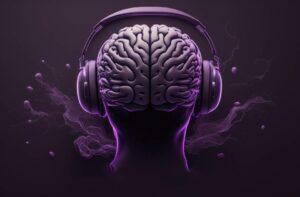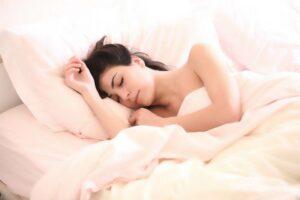A sensory cue is any stimulus in the environment that provides information to the senses and helps guide behaviour or perception. Sensory cues can be visual, auditory, olfactory, gustatory, or tactile and are used by the brain to make sense of the world around us.
Sensory cues can be both external and internal. External cues include things like the colour or shape of an object, the sound of a voice or a musical instrument, the smell of food or perfume, the taste of a particular food or drink, or the feel of different textures. Internal cues, on the other hand, come from within the body and include things like hunger, thirst, pain, or fatigue.
Sensory cues play an important role in learning and memory, as they help the brain form associations between different stimuli in the environment. For example, we may learn to associate the sound of a particular type of music with a specific emotion or memory, or the smell of a certain food with a particular place or event.
Sensory cues can also be used to influence behaviour, such as in advertising or marketing, where certain visual or auditory cues are used to attract attention or create a particular mood or emotion.
Sensory cue
Related Semantic Entities for Sensory cue

